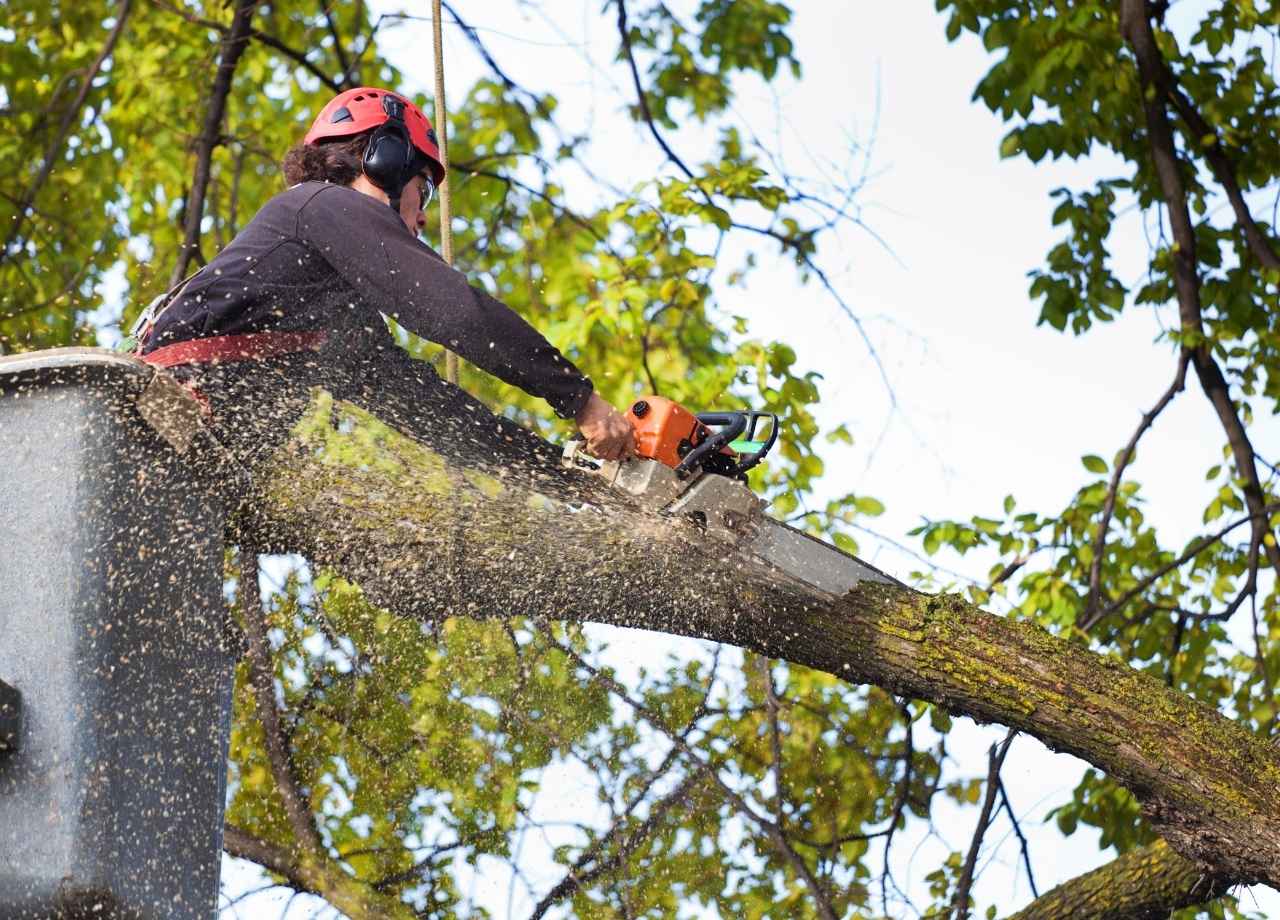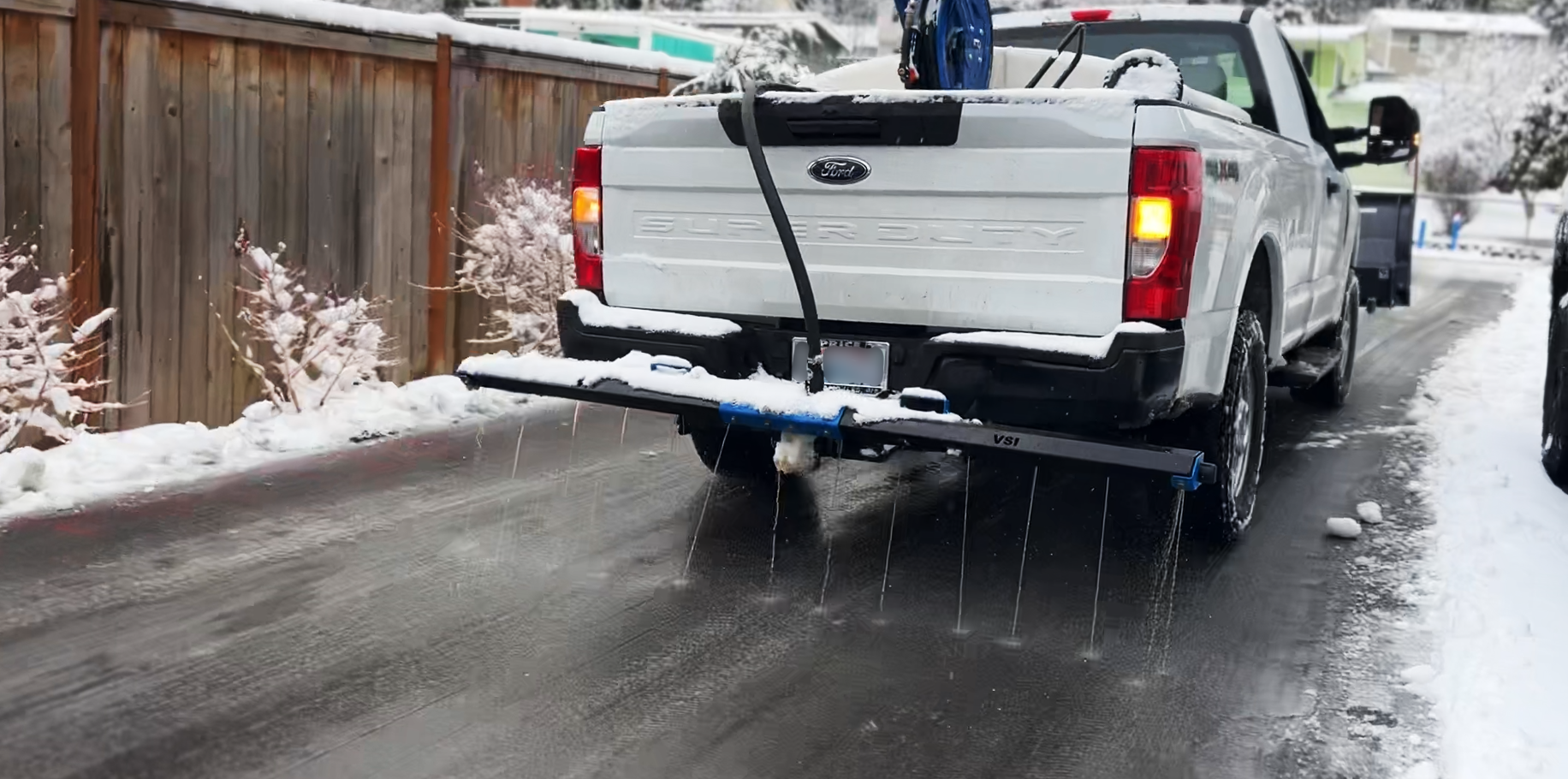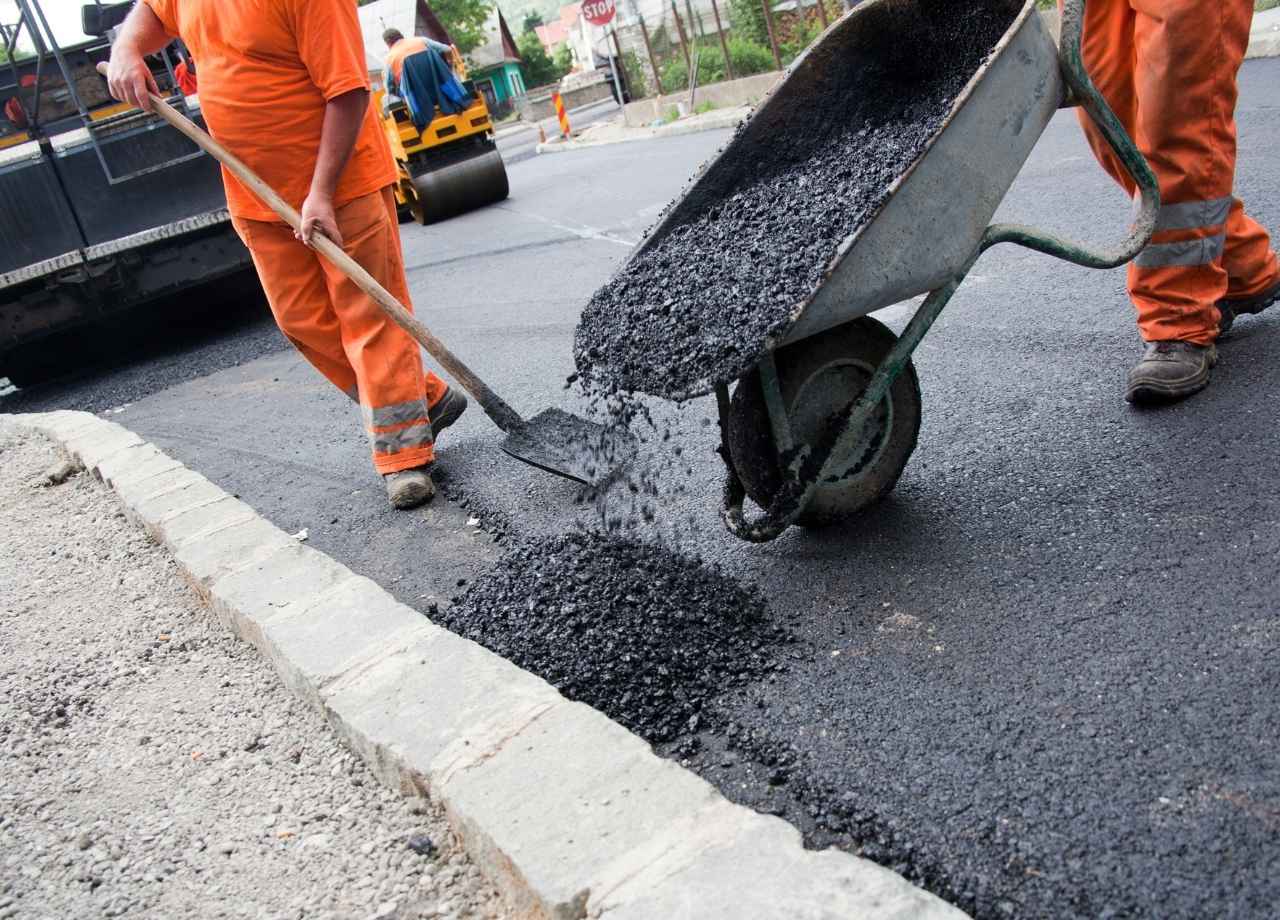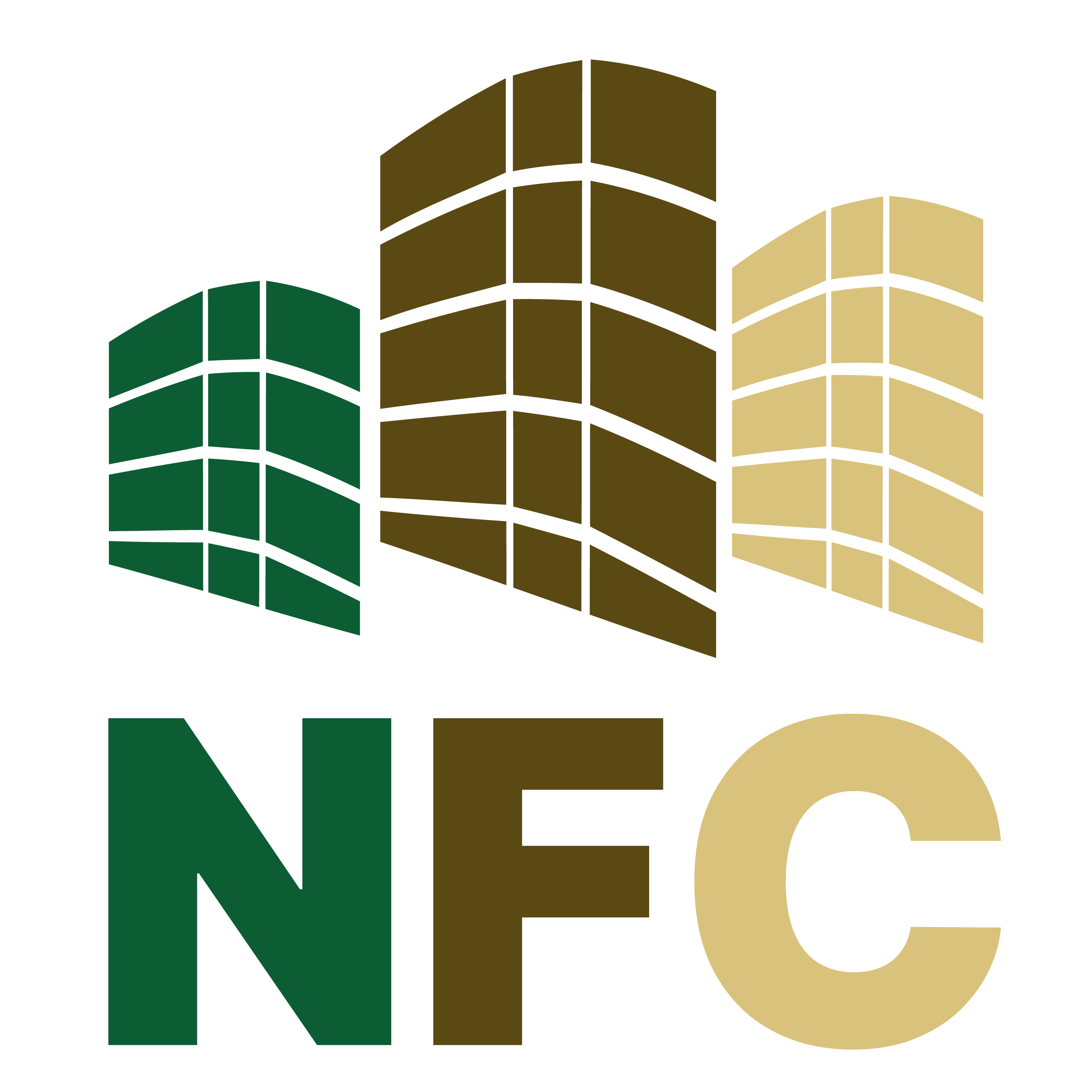Arborist for Commercial Facility? Pros & Cons
Parking lots lined with overgrown trees and office entrances shadowed by dying branches rarely give off a professional impression. Tree health and management can be easy to overlook—until the problems start. Many commercial property managers debate whether hiring an arborist is worth the expense. The answer depends on the goals of the facility and the current state of the property.
Pros of Hiring an Arborist
Improved Safety
Dead limbs don’t just fall during storms. They break off in still weather, especially when dry rot or insect damage has weakened structural integrity. A certified arborist doesn’t guess which branches pose a risk—they diagnose the tree’s condition with knowledge that comes from years of training. This lowers the chances of injury lawsuits and property damage claims.
Boosts Curb Appeal
Healthy trees improve how a property looks and feels. Shaded walkways, trimmed canopies, and flowering ornamentals can dramatically upgrade the appearance of entrances, patios, and signage areas. Arborists not only trim branches—they shape growth in ways that create symmetry and enhance visibility. Clients, tenants, and employees notice the difference right away.
Disease and Pest Control
When trees begin to yellow early in the season or show patchy bark, it’s rarely cosmetic. Mites, borers, fungus, and root rot can quickly spread to surrounding greenery. Arborists can diagnose and treat issues before a full replacement becomes necessary. They also recommend long-term solutions, such as adjusting irrigation, choosing better soil amendments, or replacing non-native species with hardier alternatives.
Regulation Compliance
Some cities and counties require specific maintenance routines for trees located near sidewalks, utilities, or public access points. Fines can stack up fast when branches obstruct street signs or encroach on power lines. Arborists stay updated on these regulations. They also handle required reporting for pruning or removal permits, saving property managers time and paperwork headaches.
Long-Term Cost Savings
Pruning a tree before it becomes hazardous is much cheaper than emergency removal. Arborists often provide seasonal plans, helping spread out expenses over time. They also help facilities avoid the costs of reactive care—such as stump grinding, fence repair, or insurance claims after a tree causes damage.
Cons of Hiring an Arborist
Recurring Expense
Not every property has a budget that allows for regular arborist visits. Some services, like disease treatment or soil replacement, can be costly. Facilities without extensive landscaping may not need year-round care, making the value less obvious during certain seasons. For managers under tight financial constraints, this recurring cost might not rank as a priority.
Varying Quality of Service
Not all arborists bring the same level of skill. Certification matters, but so does local experience. A contractor unfamiliar with regional tree species or local ordinances may make well-intentioned mistakes. Over-pruning, improper fertilization, or failure to identify early pest problems can lead to long-term issues.
Limited Control Over Aesthetic Choices
Some arborists take a preservation-first approach, which may not always match the appearance goals of a facility. Removing a tree that blocks signage or sheds debris might seem practical from a facility management perspective. An arborist may hesitate if the tree is considered healthy or protected. This can cause friction between management goals and conservation advice.
Scheduling Challenges
During storm season or drought periods, certified arborists may have long waiting lists. Emergency response time could stretch days or even weeks, especially if the contractor is already servicing multiple commercial clients. In areas with fewer licensed professionals, delays may also arise due to limited availability for large-scale jobs.
Upfront Consultation Fees
Initial property assessments may come with charges, particularly if soil testing, pest identification, or aerial inspections are required. Some managers assume a basic quote is free, only to discover unexpected charges after the site visit. Comparing arborist quotes isn’t always straightforward, since services often include bundled tasks or seasonal plans with varied pricing structures.
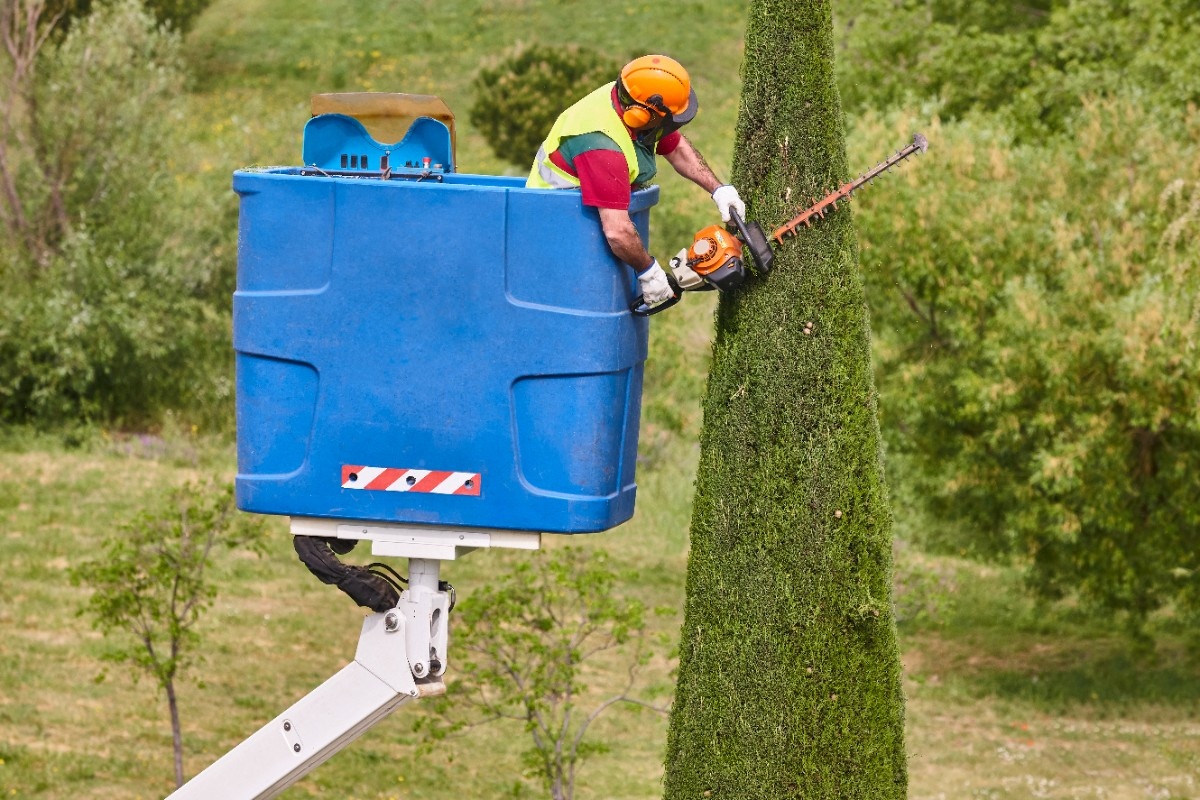
Practical Experience on a Job Site
A mixed-use facility on a five-acre lot in Houston had six large oaks surrounding the parking lot. They offered great shade but dropped acorns year-round. Several tenants had complained about car dents and slipping hazards. Instead of cutting the trees down, the facility brought in a certified arborist with experience in commercial properties.
She recommended deep root fertilization and crown thinning. Over time, the acorn drop decreased. The canopy allowed more light, and liability issues from slipping dropped off the radar. Property management was initially hesitant about the quarterly maintenance contract, but compared it with the cost of claims, tenant turnover, and lot repaving from root damage. Now they treat arborist services like HVAC or janitorial—part of essential maintenance.
Choosing the Right Arborist for a Commercial Property
Licensing and certification are minimum requirements. Managers should also request references, proof of insurance, and clarity around services included. Some arborists specialize in residential care and may not be equipped for commercial scheduling or scale. Others may be better suited for one-time emergency services rather than long-term maintenance planning.
It helps to ask about prior work on similar properties—retail centers, schools, warehouses, or office parks. Knowing how to manage trees that affect signage, customer walkways, or fire lanes is different from caring for backyard shade trees.
Seasonal Considerations
Tree care needs change depending on the climate. In dry regions, stress cracks and insect infestations are common. Coastal properties face issues with salt exposure and wind damage. In northern areas, heavy snowfall can cause limb breakage, requiring pre-winter pruning.
Arborists can recommend maintenance schedules aligned with each zone’s specific stressors.
For example:
- Summer might be the best time for cabling and bracing
- Early spring is ideal for planting or root aeration
- Late fall may be appropriate for dormant-season pruning
Timing makes a big difference—prune too late and you might lose flowering, prune too early and you invite disease.
When to Skip Hiring an Arborist
Smaller properties with minimal landscaping may not require ongoing care. If the facility only has a few decorative shrubs or fast-growing ornamental trees, a landscaping crew with basic pruning skills might be enough. Likewise, if the trees are newly planted and still under warranty from a nursery or landscape installer, the cost of an arborist might not be justifiable—yet.
For facilities located in regions with few tree-related hazards (such as dry deserts or industrial zones with limited vegetation), arborist services may only be necessary after severe weather or when preparing for a renovation that affects existing tree placement.
When the Right Partner Makes the Difference
The key is not just hiring an arborist—but hiring one who understands commercial facilities. That includes understanding timelines, tenant impact, local compliance, and long-term maintenance budgeting. National Facility Contractors provides inclusive landscaping management services and is experienced in tree care for commercial facilities —ensuring that safety, aesthetics, and compliance are maintained without disrupting day-to-day business.
Conclusion
Arborist services aren’t one-size-fits-all for commercial properties. They add measurable value when trees play a large role in the facility’s aesthetics, safety, or regulatory obligations. They also help prevent expensive damage and liability issues that could hit later. But the benefits have to align with the budget, the size of the property, and the facility’s goals.
The decision isn’t just about hiring someone with a chainsaw—it’s about deciding whether proactive tree care makes financial and operational sense. For many properties, the answer leans yes—but not always, and not without a clear plan.

